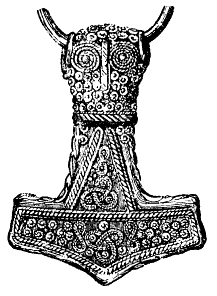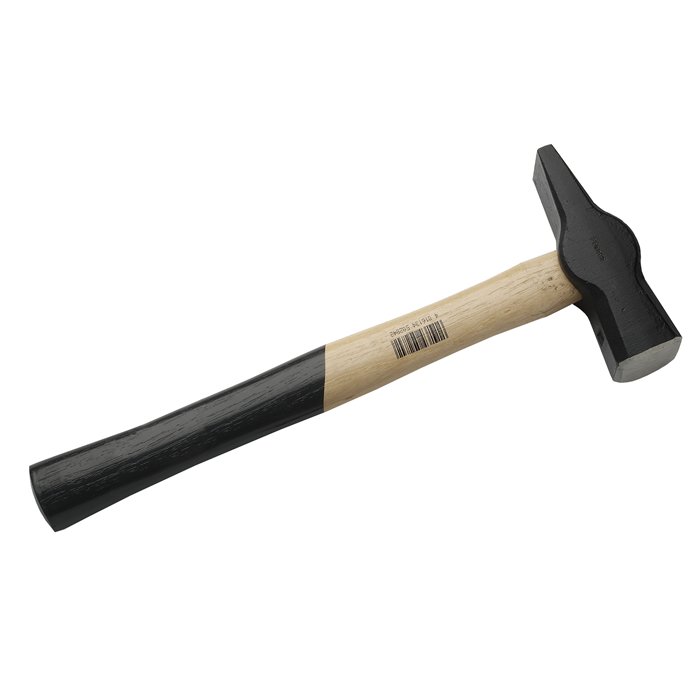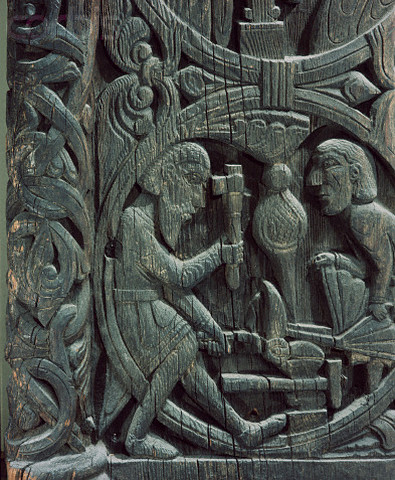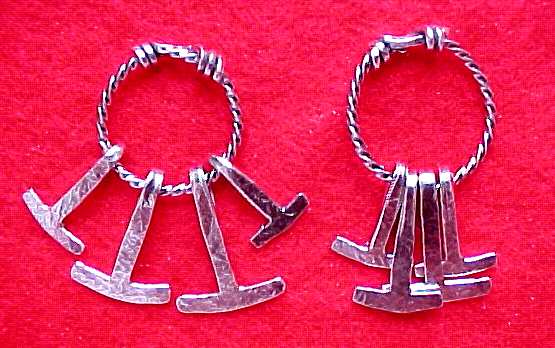Posts: 226 Location: Texas
Wed 22 Feb, 2012 4:32 pm
Alex - that is very interesting - especially when coupled with the fact that flint, which was of course used for stone age tools, creates a spark with a steel striker. In the stone age, a spark also could have been achieved with the use of a nugget of iron pyrite (though a good tool-steel striker is much more effective).
Mick - an astute observation, and perhaps in part cause for the reverence of certain folkloric blacksmiths. A good smith could make the difference between life or death, so surely a blessing from him could only be a good thing :D
Randall - thank you for bringing up the Sutton Hoo hammer, I was not previously familiar with it myself - and I agree, it does look like a much later weapon to me - not least because most axes I have seen from the period tend to have a multi-purpose look - like they were tools that became weapons, or at least weapons that were based on/modified from tools. That hammer-axe looks fairly specifically like a weapon to me. What sort of size is it? It looks to me like it could be very large, or very small from the pictures.
Kai - interesting thoughts - I think that the principle "go in hard and you won't get hurt!" may apply somewhat in small-scale fighting (ie, get too close for your opponent to utilize spear/axe/sword effectively as fast as possible) but really, I think that a skilled opponent would cut that supposition down - also, while hammers have heft, a usable short-handled hammer really doesn't have enough mass that it doesn't need a good swing to take somebody out. I think that a one-handed axe or
seax would generally have just as much or more success at a similar range - really, I think that if your intention is to get close enough to negate their weapons, stabbing is the only option for you. Your comparison of hammer to club and club to scepter is interesting though, something I will need to give some thought to.







